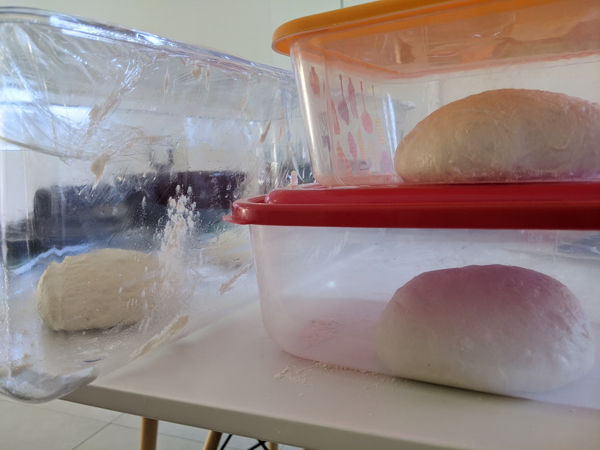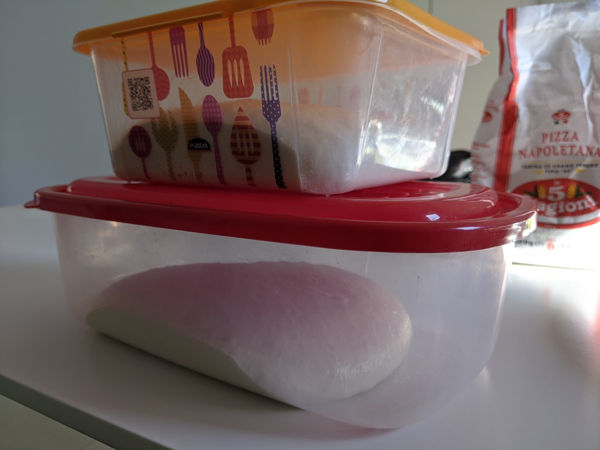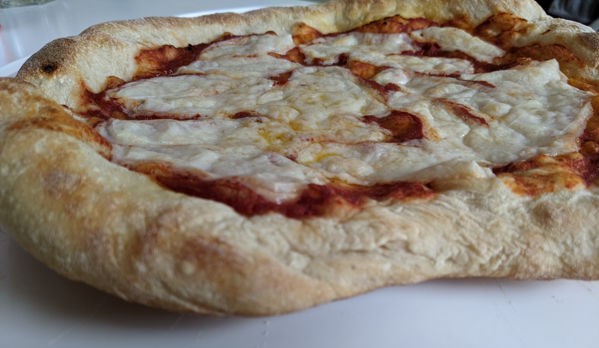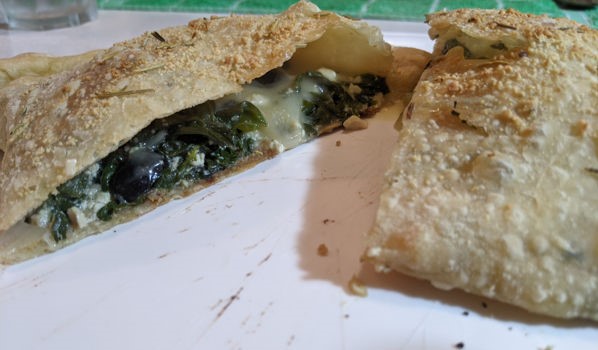When I was a child we used to buy pizza at a place that made it with a wood-fired clay oven. The pizza was very thin in the middle and had wide borders. It was just like a pizza napoletana. Except for one thing: they didn’t call it “napolitana” or even “Italian”. It was just pizza. But it was different than all the other pizzas we used to buy. And I liked that! Maybe I like that pizza just because of how different it was.
That pizza was the closest I’ve ever tried to a pizza napoletana. But I can tell that 25 years later, after learning about the Italian pizzas while I try to make one myself. This is one of the recipes I’m going to do even though I have never tried it made by others. In Buenos Aires there are pizzerias that make pizza napoletana. I would try one of those… if they had a vegan version 😁.
Recipe of the Week: Pizza Napoletana
This is one of the recipes I was most excited about. The Italian pizzas look so different from the traditional pizzas we do in Argentina. As I said above, maybe that’s why I find them so interesting. There’s also the cooking method (originally, using a wood-fired oven), at impossibly high temperatures of over 450° C / 840° F. As I don’t have a wood-fired oven, this would be the first challenge. It’s not essential to have one, but I tried to bump up the temperature of my regular oven (for the pizza), placing it at the bottom and covering the top with an oven baking tray. I thought that would help to better keep and concentrate the heat.

For this one recipe, I used a 5Stagioni pizza flour. 5Stagioni it’s an Italian brand that has over 35 pizza flour options (as crazy as it sounds!). I supposed that their “Pizza Napoletana” flour would be fine. I also got an imported “passata di Pomodoro” for the sauce (“pastaZARA”, in this case):
As for the mozzarella, I used the vegan alternative made by “Felices las Vacas” (almond-milk based):
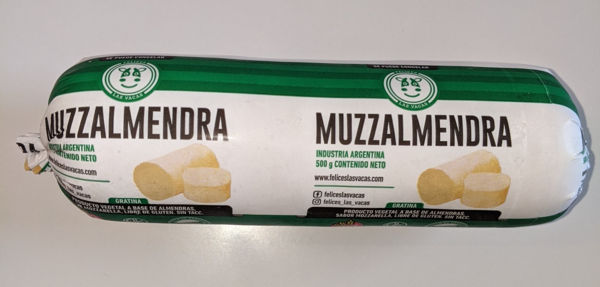
I watched the recipe I followed here something like a year ago. The guy who made it has a YouTube channel called “La pizza fatta a mano – Luigi Schifano“. If he named his channel like that I imagined he should know a thing or two about pizza 🤓.Something I like about his recipe is that called for a shorter leavening time (8 hours, instead of the usual 24 hours or more to make Italian pizzas). The procedure also seemed pretty straightforward. As his pizzas look great, I decided to go with his method.
I had made pizza before, but this was the first time doing this kind of dough. I noticed that most people use huge plastic containers to leaven the pizza, and I didn’t have one. Buying one just to prepare a couple pizzas like these didn’t make sense, so I tried to make the best out of what I had at home. So, I ended up using the crisper drawer of my refrigerator plus two Tupperware 😄.
The leavening process was quite simple. The difficult part came when I had to take out the dough from the containers without deflating it. That was the big challenge! Even though it didn’t keep all the air and bubbles once in the table, I was quite happy with the end result.
I topped the vegan mozzarella cheese with olive oil and shredded cashew cheese (homemade). As you can see, the pizza is quite thin in the center and wider on the borders. Just what I was looking for!
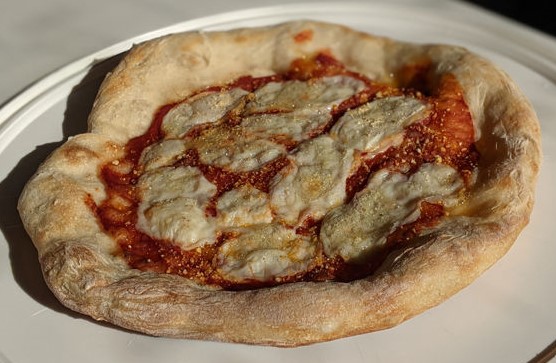
Bonus: Calzone
As I had enough dough for four pizzas, I decided to try something else: a calzone. Basically, it’s a stuffed pizza doubled in half. I did mine with sauteed chard, onions, garlic, black olives, rosemary, and vegan cheese. I used what I had at home, so I didn’t look up for a recipe. I just put together a few things that I had tried before. The result didn’t disappoint! 😁
New Vocabulary
I added 16 new cards to my Anki deck, based on new words and expressions used on the YouTube video used for this recipe. There were some words in this list that I already know, but I want to reinforce. I used the Google Chrome extension “Learning Languages with YouTube” (from the same creators of “Learning Languages with Netflix”).

That’s all for now! 😊



